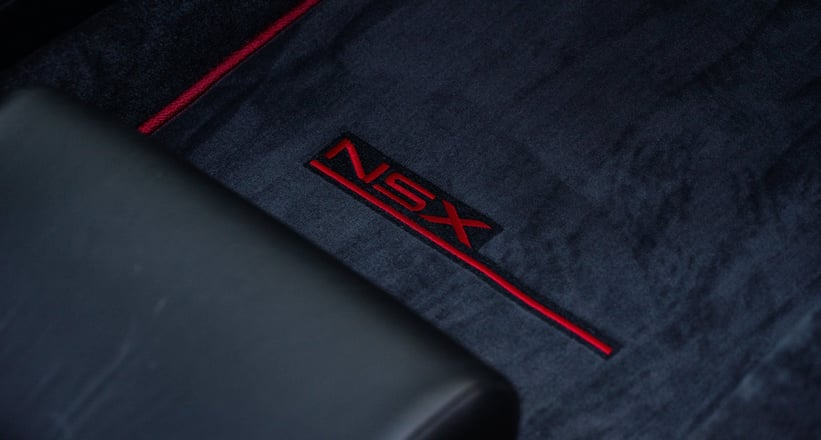


“What would Soichiro do?” This is the recurring question asked by Honda since the death of its founder in 1991. Before then, Soichiro Honda would ‘do’ the modern supercar: the NSX.
Supercars then were a relatively recent concept sired in Italy, where pain-points signalled exotica. Honda overturned this, creating a car whose performance was useable and interior accessible. Befitting a car developed with their F1 driver, Ayrton Senna, the basic layout of the NSX stemmed from racing, with a mid-engine slung within a long wheelbase. The streamlined aluminium body followed in the wake of concepts such as the Oldsmobile Aerotech and Mitsubishi HSR, with an integrated spoiler that even a Diablo would do without. Where the Italians made do with low-cost circular lamps, Honda invested in unique tooling for a full-width assembly, bracketed by devil-horns.

The NSX’s pert rear and sleek front were harbingers of futurism, that in the 90’s characterised modest modernity. Despite, or perhaps because of, the unquestionable pedigree, the unassuming side profile is typically harmonious, no detail exaggerated for effect. Where you expect its voice to be loudest, the NSX demurs, features such as the side air-intakes not one square inch larger than necessary. Substance is provided by meticulous sculpting, in particular the sill and front wings, as the forward-leaning B-pillar widens the rear aspect.
My own experience of an NSX was in Tokyo, sitting beside a colleague from Toyota. Approaching it in person betrays the miscreance of photography, the diminutive scale lending the NSX density missing in pictures. It wasn’t until we oozed out of the garage that the field of vision engulfed me. Accelerating, the road pours over the low cowl like water over a breached threshold, the cascade captured in form by the angled interior. Never mind the figures: the feeling of speed as tarmac flooded us was incomparable.



Two years after building the last NSX, Acura introduced the front-engined ASCC to succeed it. But in 2008, the ASCC joined the many casualties of the financial crisis, taking with it the V10 that would have propelled Acura into the premium-luxury heartland. Lexus did not show the same restraint, and in 2010 launched the LFA. That Lexus consulted Leonardo Fioravanti for the design, who had penned the Ferraris the NSX first fought, is surely an irony Honda did not miss. When the new NSX finally arrived in 2016, it revived its mid-engine layout, this time hybridised, with sharpened styling adapted from the ASCC. Now, forty years on from when work on the NSX began, the question is: what would Soichiro do?
Find examples such as this stunning Acura NSX from LBI Limited, and others in the Classic Driver Market!














